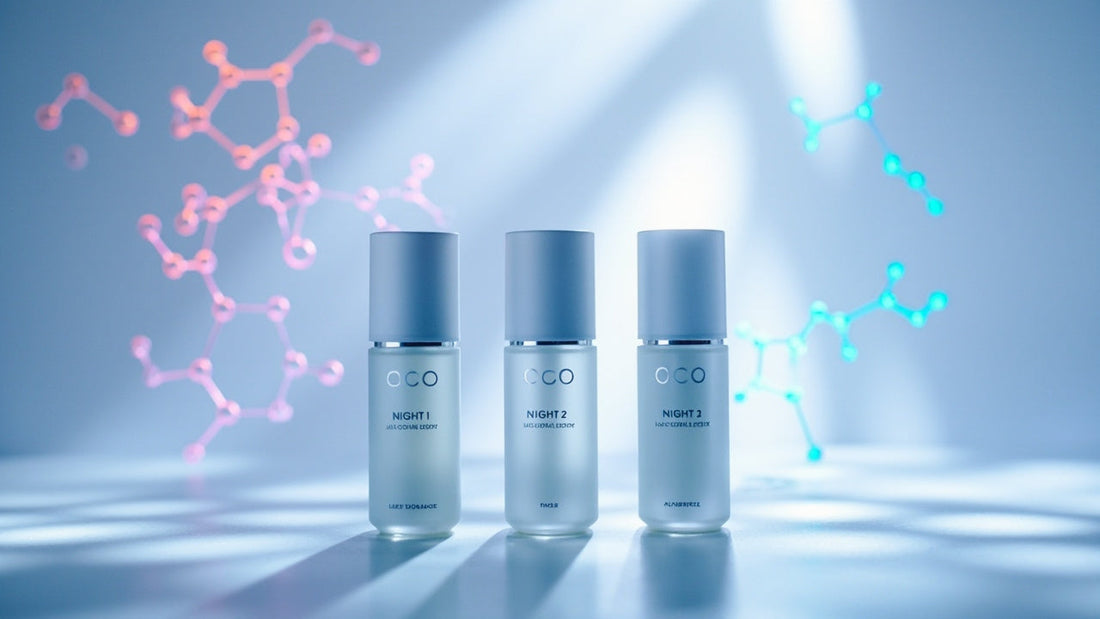
The “Skin Cycling” Debate: What Works and What Doesn’t
Share
What Is Skin Cycling?
Skin cycling is a trending skincare approach where active ingredients are rotated across different nights to reduce irritation while maximizing results. Typically, it involves exfoliating on the first night, applying retinol on the second, and allowing the skin to rest and repair with hydrating and barrier-strengthening products on the third and fourth nights. The idea is to prevent overloading the skin while still reaping the benefits of powerful actives.
Why It Works for Many
One of the strengths of skin cycling is its structure. Many people struggle with using actives consistently and safely. By assigning each night a specific role, skin cycling removes guesswork. It allows the skin time to rest, which reduces irritation, especially for beginners to retinol or chemical exfoliants. This structured rhythm can improve skin clarity, texture, and overall radiance without overwhelming the barrier.
Where It Falls Short
Despite its popularity, skin cycling isn’t a perfect solution for everyone. Skin is highly individual, and not all routines fit neatly into a fixed four-night schedule. Some people may need more hydration days, while others may tolerate retinol more frequently. For advanced users, the cycle may feel restrictive rather than supportive. The method simplifies skincare, but it also risks oversimplifying.
The Do’s of Skin Cycling
Introduce the method gradually, especially if you’re new to strong actives. Always pair exfoliation and retinol nights with plenty of hydration on the following days. Pay attention to your skin’s signals—tightness, redness, or sensitivity are signs to extend the recovery phase. And never skip SPF during the day, since both exfoliants and retinoids increase sun sensitivity.
The Don’ts of Skin Cycling
Don’t treat the cycle as rigid law. If your skin feels irritated, skip actives and focus on soothing care. Don’t layer too many strong ingredients on the same night. And don’t assume that more frequent cycles equal better results—the strength of the method lies in balance, not excess.
The K-Beauty Perspective
K-beauty has always emphasized skin-first care, layering hydration, and barrier support. From this lens, skin cycling can be seen as an accessible way to teach rhythm and moderation. However, Korean routines often favor customization over strict schedules. The best approach is to use skin cycling as a guideline, then adapt it to your skin’s unique needs, season, and lifestyle.
Why Balance Wins in the End
The debate over skin cycling reflects a bigger truth: there is no one-size-fits-all routine. What works for one may not for another. The most important lesson is that skin thrives on balance—alternating between stimulation and rest. Whether you follow skin cycling to the letter or adapt it loosely, the key is respecting your skin’s limits while nurturing it consistently.
